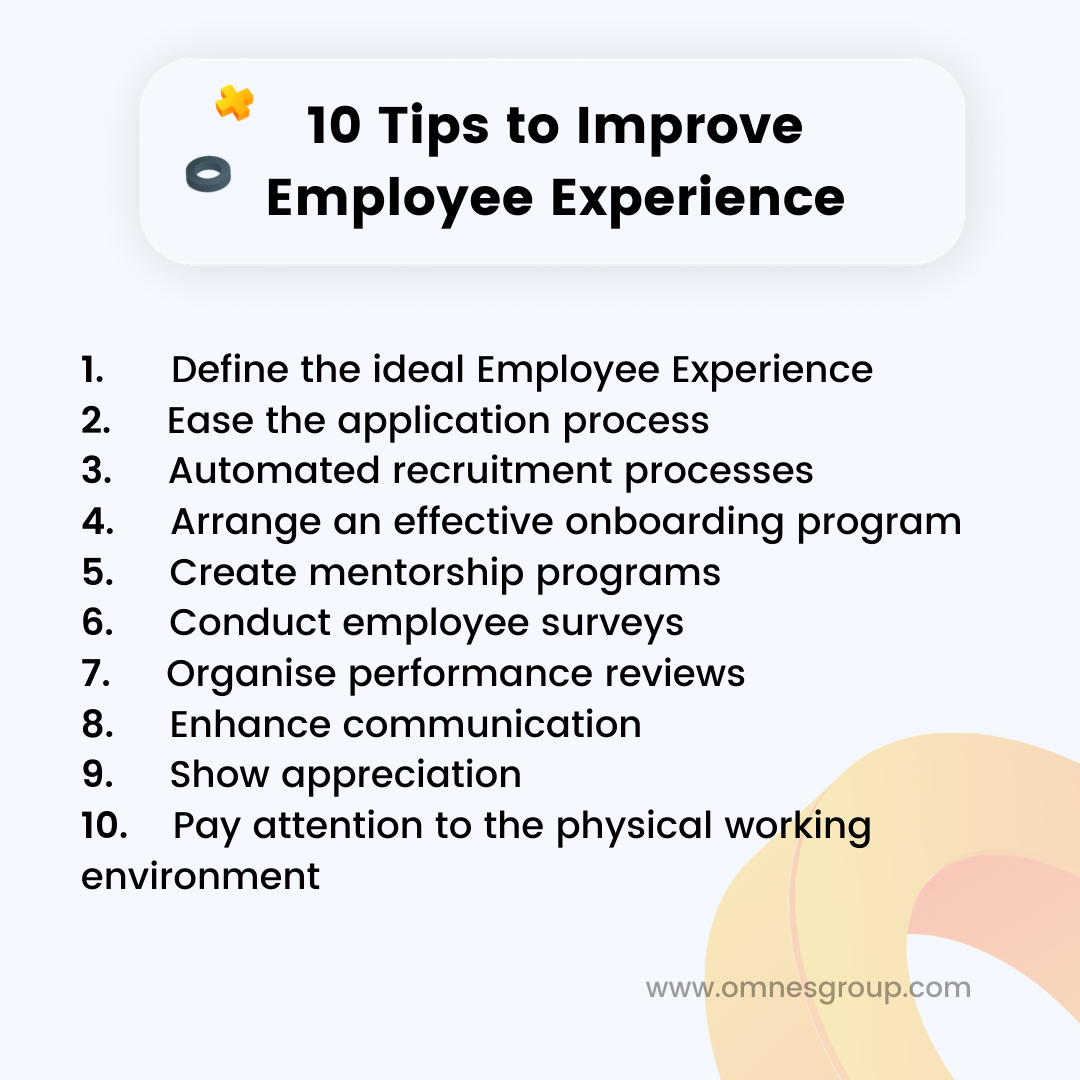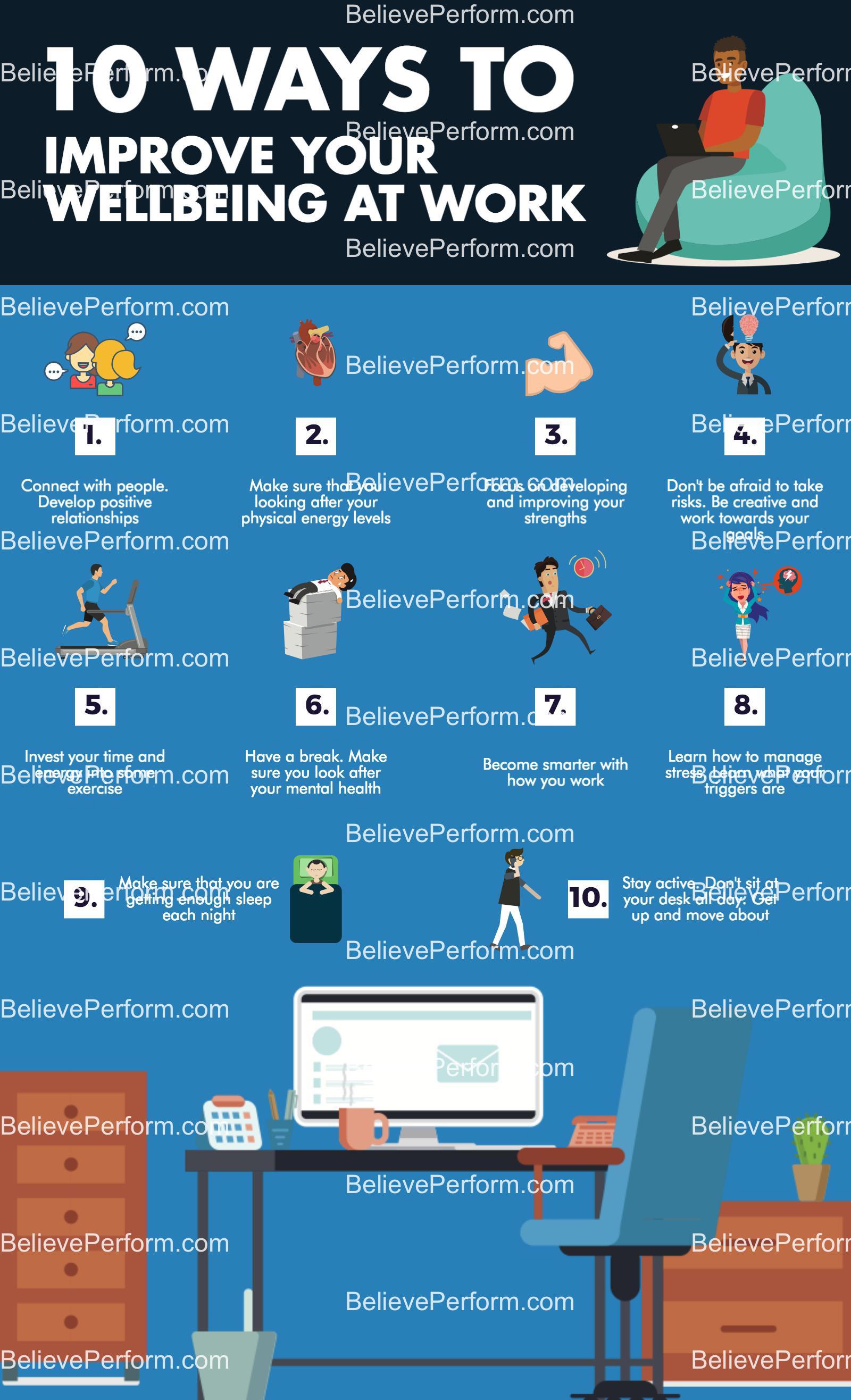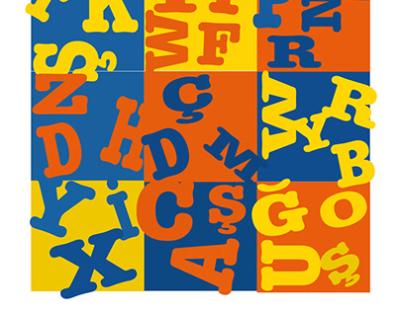Behance provides a platform for creatives to showcase their work and gather valuable feedback. Using its feedback and review system can significantly enhance your craft. This guide will explore how to leverage feedback effectively and highlight its importance in the creative process.
Understanding the Behance Feedback and Review System

The Behance feedback and review system allows users to provide and receive critiques on their projects. When you publish your work on Behance, fellow creatives and designers can comment and give constructive criticism. This immediate access to diverse opinions can help identify areas of improvement, provide fresh perspectives, and inspire new ideas. Users can rate projects with appreciation and comments, fostering a supportive community. By actively engaging with this system, you can refine your skills and understand audience expectations more clearly. It’s essential to view feedback as an opportunity for growth rather than as personal criticism, as it comes from a place of community support. Incorporating this feedback into your iterative workflow can lead to better, more polished projects.
The Importance of Feedback in Creative Work

Feedback is a crucial component of the creative process. It helps you gain insights that you might overlook during your work. When others view your projects, they can spot strengths and weaknesses, offering a viewpoint you may not have considered. Constructive feedback can highlight trends in viewer responses, indicating what works well and what doesn’t. This is particularly valuable in creative fields, where trends and preferences constantly evolve. Moreover, receiving feedback fosters an environment of collaboration and growth. Your ability to take constructive criticism positively enhances not just individual projects but also your overall artistic journey. In essence, engaging with the Behance feedback system not only hones your skills but also builds a supportive network that promotes creative excellence.
How to Navigate the Behance Platform for Reviews

Navigating the Behance platform for reviews might initially feel overwhelming, but once you get the hang of it, it can be a breeze. Let’s break down the steps to help you make the most of the feedback system.
First things first, you need to set up a Behance account. Once you’re in, take a moment to familiarize yourself with the layout. Here are some key features to explore:
- Projects: This is where you showcase your work. You can upload your projects, descriptions, and media. Make sure they are visually appealing!
- Curated Galleries: Behance curates fantastic collections. Check them out for inspiration and to see what type of work gathers the most reviews.
- Feedback Mechanism: Users can leave comments and “appreciate” (like) your projects. You’ll find this option at the bottom of each project.
To find reviews on other projects:
- Search for a specific artist or project using the search bar.
- Use tags related to your field so you can view projects similar to yours.
- Engage with the community by exploring the “Discover” section, where you’ll find trending and featured work.
Remember, feedback isn’t just a one-way street. As you seek input for your work, take the time to return the favor by reviewing and appreciating others’ projects. This can create a valuable exchange of feedback and help you build connections within the community.
Tips for Giving Constructive Feedback on Behance
Giving constructive feedback on Behance is essential not just for others but also for honing your critical eye. Here are some tips to guide you in crafting your reviews effectively:
- Be Specific: Instead of generic comments like “Great work!” try to pinpoint what exactly you liked. For instance, “The color palette you chose really highlights the main subject!”
- Balance Positives with Areas for Improvement: Start with something you appreciated and then mention a few constructive suggestions. This creates a more engaging and supportive atmosphere.
- Ask Questions: Prompt the creator to think deeper about their work. Questions like, “What inspired you to choose this style?” can spark valuable conversations.
- Avoid Negativity: While it’s important to be honest, aim for a tone that’s helpful rather than harsh. Remember, the goal of feedback is to encourage growth.
Here’s a simple table to help you structure your feedback:
| Aspect | Positive Feedback | Constructive Suggestion |
|---|---|---|
| Design | Beautifully arranged elements! | Consider simplifying the layout for clarity. |
| Color Scheme | The colors are vibrant and engaging. | Perhaps try a softer background to make the foreground pop even more. |
Remember, the more constructive and thoughtful your feedback, the more valued you’ll become within the Behance community. Happy reviewing!
Receiving Feedback: Best Practices for Creatives
Receiving feedback can sometimes feel daunting, but it’s a crucial part of the creative process. Here are some best practices to ensure you make the most out of the feedback you receive on platforms like Behance:
- Be Open-Minded: Approach feedback with an open heart and mind. Remember, constructive criticism is meant to help you grow, not to tear you down.
- Seek Specifics: Instead of asking, “What do you think?” try asking, “What do you think about my use of color?” Specific questions can yield more actionable insights.
- Stay Professional: No matter the feedback, always respond graciously. Thank your reviewers, even if you don’t agree with their suggestions.
- Filter Feedback: Not all feedback will be suitable for your vision or style. Learn to discern which critiques resonate with your goals and which do not.
- Follow Up: If a reviewer gives you particularly useful insights, consider following up with them. This can help build relationships and even lead to further collaboration.
Lastly, remember that feedback is about improvement. Use it as a tool to refine your skills and deepen your understanding of your audience’s preferences!
Incorporating Feedback into Your Creative Process
Now that you’ve gathered valuable feedback, the next step is incorporating it into your creative process. Here are some strategies to effectively do this:
- Take Notes: Document all feedback in a way that’s organized and easy to reference later. This could be a digital document, a physical notebook, or even a feedback management tool.
- Prioritize Changes: Once you have your notes, categorize feedback into “must-do,” “should-do,” and “nice-to-have.” This helps you focus on the most impactful changes first.
- Experiment: Don’t hesitate to try out different approaches based on the feedback. Experimenting can lead to unexpected creative breakthroughs!
- Seek Clarification: If certain pieces of feedback are unclear, don’t hesitate to reach out to the reviewer for clarification. It shows your commitment to improvement.
- Share Your Revisions: Once you’ve made adjustments, consider sharing your revised work with the same audience. This not only showcases your growth but also invites further dialogue about your evolution.
Incorporating feedback can be transformative. It not only enhances your work but also deepens your connection with your audience, leading to more meaningful interactions on platforms like Behance!
Common Mistakes to Avoid When Seeking Feedback
Seeking feedback on your creative work can be incredibly beneficial, but there are some common pitfalls that can hinder your progress. To maximize the effectiveness of the review and feedback process, here are some mistakes to avoid:
- Being Too Defensive: It’s natural to feel protective of your work, but taking critiques personally can stifle valuable insights. Approach feedback with an open mind.
- Aimless Asking for Feedback: Instead of simply asking “What do you think?”, provide specific questions about elements you’re unsure of. For example, you might ask, “Does the color scheme resonate with the theme I’m aiming for?”
- Ignoring Feedback: When you receive feedback, make a conscious effort to consider it seriously. Ignoring constructive criticism can lead to stagnation in your skills.
- Seeking Feedback from the Wrong Audience: Ensure the individuals you are asking for reviews are either in your field or have a good sense of design aesthetics. Feedback from unqualified sources might confuse rather than help.
- Not Following Up: If someone takes the time to give you feedback, it’s courteous to thank them and, if possible, share how you’ll use their insights in future work. This builds rapport and encourages future feedback.
By avoiding these common mistakes, you can create a productive environment that fosters growth and improvement in your creative journey.
Case Studies: Success Stories from Using Behance Reviews
Using the Behance feedback and review system can lead to significant enhancements in your work. Let’s explore a couple of success stories that illustrate how artists and designers have leveraged this platform to refine their projects.
1. Sarah’s Graphic Design Portfolio
Sarah, a freelance graphic designer, posted her latest work on Behance and specifically asked for feedback on her typography choices. After receiving detailed suggestions about font pairing and spacing, she made subtle adjustments that dramatically enhanced her portfolio’s visual appeal. As a result, she landed three new clients within a month after updating her design based on the feedback!
2. James’s Illustration Series
James, an illustrator, utilized Behance to share his new series inspired by urban life. By actively engaging with commenters and responding to their critiques, he found a recurring theme in the feedback about his color palette. After implementing these suggestions, he re-released the series and saw his engagement soar, with several pieces going viral. This not only boosted his confidence but also helped him gain recognition in the illustration community.
These case studies demonstrate the power of constructive criticism. By actively participating in the Behance community and being open to feedback, you can dramatically elevate your work and increase your visibility in the creative field.
How to Use Behance Feedback and Review System to Improve Your Work
Behance is a powerful platform that not only allows creative individuals to showcase their portfolios but also offers a robust feedback and review system. Utilizing this feature can significantly enhance your creative work. Here’s how to effectively use the Behance feedback mechanism:
1. Encourage Constructive Criticism:
Rather than seeking vague praise, invite detailed critiques from your peers and followers. Ask specific questions that target areas you want to improve.
2. Engage with the Community:
Respond to comments on your projects. Engaging with feedback not only shows appreciation but may lead to more in-depth discussions that can offer further insights.
3. Analyze Common Feedback Patterns:
Keep track of recurring themes in the feedback you receive. These patterns can highlight strengths and weaknesses in your work. Consider the following:
- Design elements (color, typography, layout)
- Concept clarity and execution
- User engagement and interactivity
4. Implement Changes:
Once you’ve gathered insights, take action. Revise your existing projects based on the feedback and continue refining future works.
5. Share Your Process:
Use the feedback you receive to create “before and after” posts detailing how you’ve improved your projects. This not only showcases your growth but also inspires others in the community.
6. Join Groups and Forums:
Participate in Behance groups related to your niche. Being part of a community where you can share and receive critiques can further enhance your skills.
In conclusion, leveraging the Behance feedback and review system can profoundly impact your creative journey. By embracing constructive criticism and actively engaging with the community, you can continually refine your skills and produce exceptional work.
Additional Resources for Enhancing Your Creative Skills
| Resource | Description |
|---|---|
| Skillshare | A platform offering a variety of classes for creative skills such as illustration and photography. |
| Coursera | Online courses from universities on art and design principles. |
| Udemy | An extensive library of courses that can help enhance technical skills across different creative fields. |
| YouTube | A resource for free tutorials on various creative techniques and software. |


